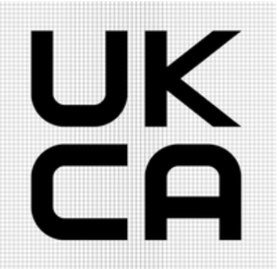What is UK REACH?
To start with, let’s summarize UK REACH. In a nutshell, UK REACH stands for the United Kingdom’s Registration, Evaluation, Authorization, and Restriction of Chemicals regulation. It is a regulation that came into effect in the UK on January 1, 2021, following the country’s exit from the European Union.
UK REACH requires companies manufacturing or importing chemical substances into the UK, either on their own, as part of a mixture, or in articles, to register these substances with the UK’s Health and Safety Executive (HSE).
Companies must comply with various obligations under UK REACH, including registration, data sharing, communication in the supply chain, and notification of substances of very high concern (SVHCs) present in articles. Failure to comply with UK REACH regulations can result in penalties, including fines and restrictions on the sale or use of non-compliant chemicals.



